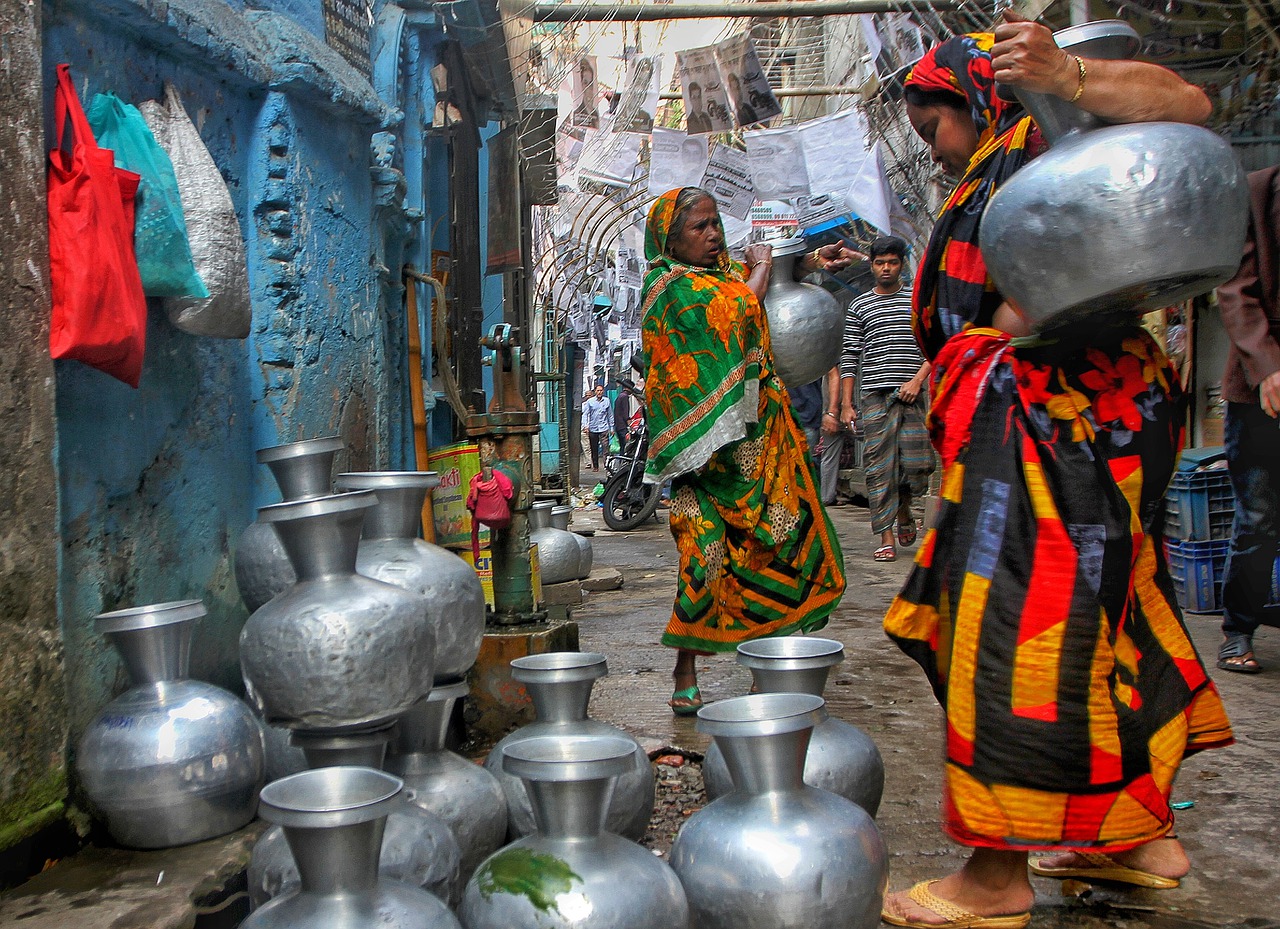What drives water scarcity?
Water scarcity is a crisis facing billions of people around the world. We look at five factors driving water scarcity, and ask if anyone has an answer to these challenges
Water scarcity occurs when there are insufficient water reserves to meet average demand in a given area. Water scarcity is an increasing problem: over 4 billion people live in regions where need exceeds supply. And it’s not just a human issue, but an economic one. Around $260 billion is lost globally each year due to lack of basic water and sanitation.
Here we look at five forces driving water scarcity, and how we might go about combatting some of them.
1. Population growth
Since 1950, the world’s population has grown between 1-2% every year. Forecasts predict global populations will peak at 9.73 billion in the middle of this century. This will increase global water demand, which has already grown 600% over the past 100 years.
Nations facing population challenges are trying to adapt. In Niger, where birth rates are among the highest in the world, but where rain falls during just three months of the year, investment in water infrastructure is changing lives. In the Tahoua Region, government and non-profit investment is being poured into improving leaky, poorly maintained irrigation infrastructure. This will improve water storage and access to water for daily use and agricultural processes. Investments and long-term planning like this will be essential to protect lives and livelihoods as water demands grow.

2. Farming
Even before the added challenge of feeding a growing population, farming has required high volume irrigation: agriculture uses around 70% of the world’s fresh water.
Improving water use efficiency could reduce the impact of farming on water scarcity. Around 80% of global agriculture is rainfed. By building water storage tanks, such as the 1000 Tanks project in Chennai, India, this rainwater can be captured for later use, rather than lost in runoff during heavy showers. Boosting rainfall productivity reduces the need for other, more invasive irrigation techniques that deplete groundwater reserves.
More ‘high-tech’ approaches can also be embraced in farming. In the USA, where around half the total crop value for the nation is grown on irrigated land, it is good business to prevent water wastage. Precision land levelling uses lasers to measure and even out field gradients, so that rainfall doesn’t run away from crops through the soil. And satellite technology developed at Utah State University allows farmers in the Lower Sevier Basin of Utah to assess how much water they use, and predict and plan for future irrigation.

3. Pollution
Pollution can add to water scarcity by making freshwater unsafe and unusable. Around 80% of the world’s industrial wastewater is released into local systems without treatment, while in agriculture, pesticides and fertilisers seep into water resources.
Local policy and investment can address these challenges. In London, England, a public-private collaboration launched a review of misconnections – faulty plumbing that lets untreated water into the waterways. By reporting these misconnections and following up on them, within three years 2,000 properties with misconnections had been identified, and 88% were fixed. This is equivalent to preventing 20 Olympic-sized swimming pools a year of wastewater being discharged into the waterways.

4. Climate Change
As with many environmental challenges, water scarcity is driven by the effects of climate change. As global temperatures rise, long dry spells followed by intense rainfall are a more common occurrence.
New and unpredictable rainfall patterns have a knock-on effect on other water sources: less full rivers mean pollutants can become more concentrated, and the water less safe to use, and flooding can damage crops and property, in turn leading to economic harm. Nations in drought-prone areas could see losses of up to 6% of GDP if no action is taken.
In Jordan, long periods of drought mean that by 2100, the population will have access to just half of the water it currently needs. There are fears that Jordan’s water crisis could lead to destabilisation and conflict if not resolved. Similar scenarios will become more common if we fail to address the climate crisis.

5. Undervaluing water
The Valuing Water Initiative encourages the recognition of the many values of water for all who use it. This recognition is long overdue, since undervaluing water is another factor contributing to water scarcity.
The recent UN World Water Development Report 2021 has highlighted how challenging it is to place a value on water. The research points out that value metrics are often monetary, but in the case of water this approach fails to take into account other economic factors. These include the role of clean water in enabling a healthy workforce through disease control, or the spiritual or cultural value of water to local communities.

Water scarcity is a multifaceted problem. To tackle it requires a multilayered approach, sensitive to local context. Any effort to reduce water scarcity can be strengthened through better acknowledgement and awareness of the unique value of water. Without this understanding, there is no incentive to protect our water resources.